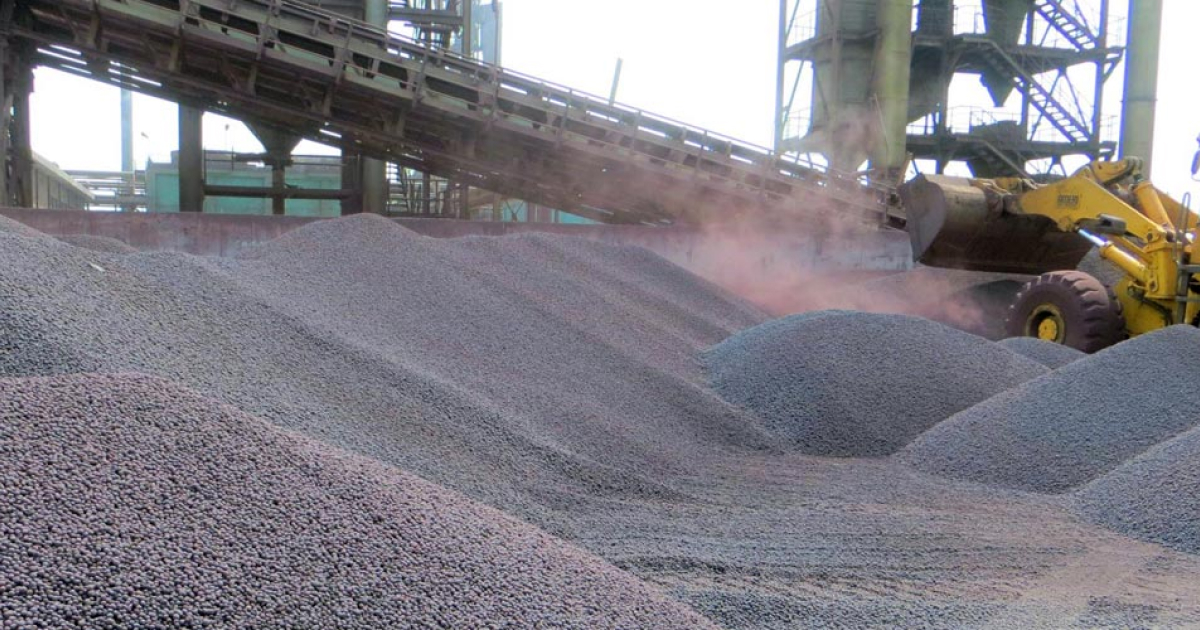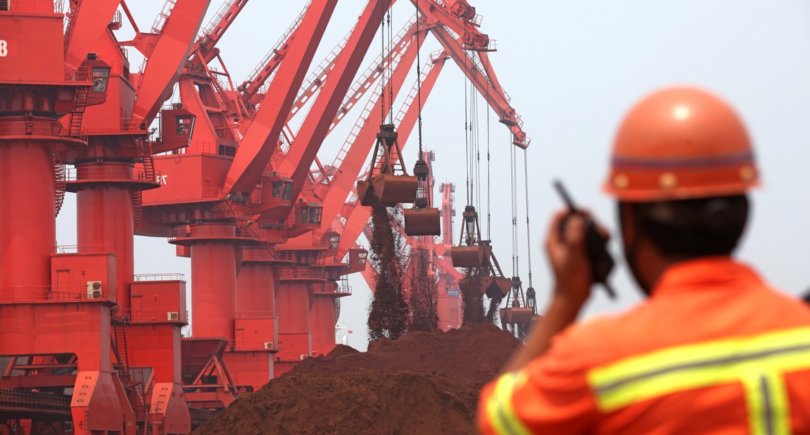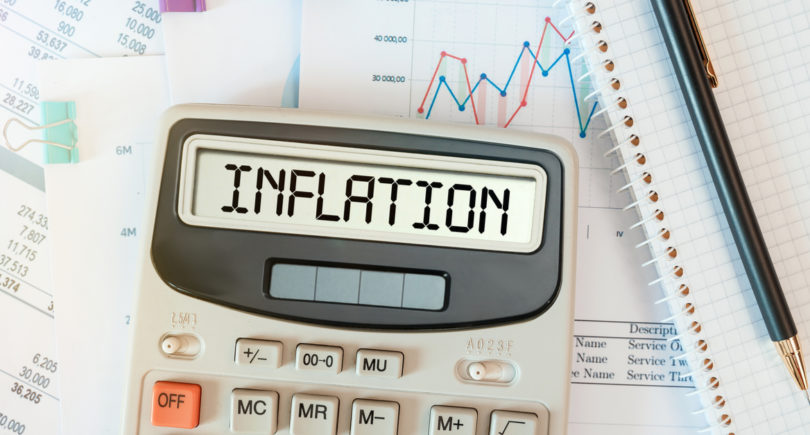
News Global Market DRI 2780 26 September 2022
The Middle East and Asia are the largest producers of DRI – 54.8 million tons and 39.5 million tons, respectively
In 2021, the world production of direct reduced iron (DRI) increased by 13.7% compared to 2022 – up to 119.2 million tons. This is evidenced by the SteelData.
Production of DRI products using MIDREX technology is 59.5% of the total annual amount, HYL/Energiron – 12.7%, PERED – 2.2%, Rotary Kiln – 25.4% and others – 0.1%.
The following regions produced the most DRI in 2021:
- countries of the Middle East/North Africa – 54.84 million tons (+9.6% compared to 2020);
- Asia/Oceania – 39.47 million tons (+17.1%);
- Latin America – 9.61 million tons (+21.1%);
- CIS countries/Eastern Europe – 7.89 million tons (-0.5%);
- North America – 6.66 million tons (+47.3%).
The leaders in DRI production are India and Iran – 39.11 million tons and 31.85 million tons, respectively. These two countries together account for 59.5% of global DRI production. Also, large producers are Russia – 7.89 million tons, Saudi Arabia – 6.13 million tons, and Mexico – 5.83 million tons.
As GMK Center reported earlier, in 2020, the world DRI production decreased by 3% compared to 2019 – to 104.84 million tons.
As GMK Center reported before, the Wood Mackenzie consulting company predicts that carbon dioxide emissions in the steel industry will decrease by 30% by 2050 compared to 2021. Decarbonization of the world iron ore and steel industry by 2050 requires investments in the amount of $1.4 trillion.
In 2021, the world’s steel industry emitted more than 3.3 billion tons of greenhouse gases, of which China accounted for more than 2 billion tons.




